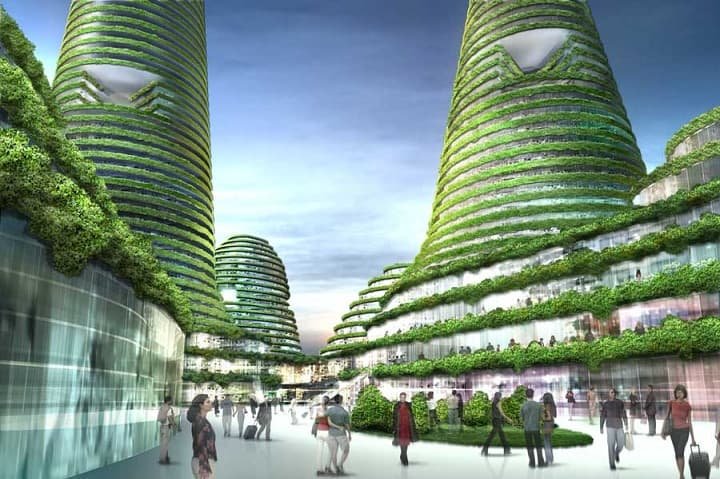Green building has emerged as a critical component of sustainable development, aiming to minimize environmental impact while maximizing resource efficiency and occupant health. In this article, we’ll explore the journey from conceptualization to construction of green buildings, focusing on the implementation of eco-friendly solutions that leave a lasting positive impact on our planet.
The Importance of Green Building

Green building practices prioritize environmental responsibility, energy efficiency, and human well-being throughout the building’s lifecycle. By incorporating sustainable design principles, materials, and technologies, green buildings offer numerous benefits:
- Reduced energy consumption
- Lower operating costs
- Improved indoor air quality
- Minimized waste generation
- Enhanced occupant comfort and productivity
Key Components of Green Building Solutions
1. Sustainable Site Selection
Choosing an appropriate site is the first step in green building. Opt for locations that minimize environmental impact, preserve natural habitats, and offer access to public transportation and amenities. Additionally, consider factors like solar orientation and water runoff management to maximize site sustainability.
2. Energy-Efficient Design
Energy-efficient design focuses on reducing energy consumption and carbon emissions throughout the building’s operation. Incorporate passive design strategies, such as proper insulation, daylighting, and natural ventilation, to optimize energy performance and minimize reliance on mechanical systems.
3. Eco-Friendly Materials
Selecting sustainable building materials is crucial for minimizing environmental impact and promoting occupant health. Choose materials with low embodied energy, recycled content, and certifications such as Forest Stewardship Council (FSC) for wood products and Cradle to Cradle for overall sustainability.
4. Water Conservation
Water conservation strategies aim to reduce water consumption and minimize strain on local water resources. Implement features like low-flow fixtures, rainwater harvesting systems, and drought-resistant landscaping to conserve water and promote efficient water use within the building.
Integration of Green Building Solutions
Effective implementation of green building solutions requires collaboration among architects, engineers, contractors, and building owners from the early stages of project development. By integrating sustainability goals into the design, construction, and operation phases, stakeholders can ensure the successful realization of green buildings.
Case Studies in Green Building
Examining successful green building projects provides valuable insights into the practical application of sustainable design principles. Case studies highlighting innovative techniques, cost-effective solutions, and lessons learned can inspire and inform future green building initiatives.
Conclusion
As the demand for sustainable buildings continues to grow, the implementation of green building solutions becomes increasingly vital. By embracing environmentally responsible practices and prioritizing long-term sustainability, we can create buildings that not only meet the needs of today but also safeguard the well-being of future generations and the planet.













